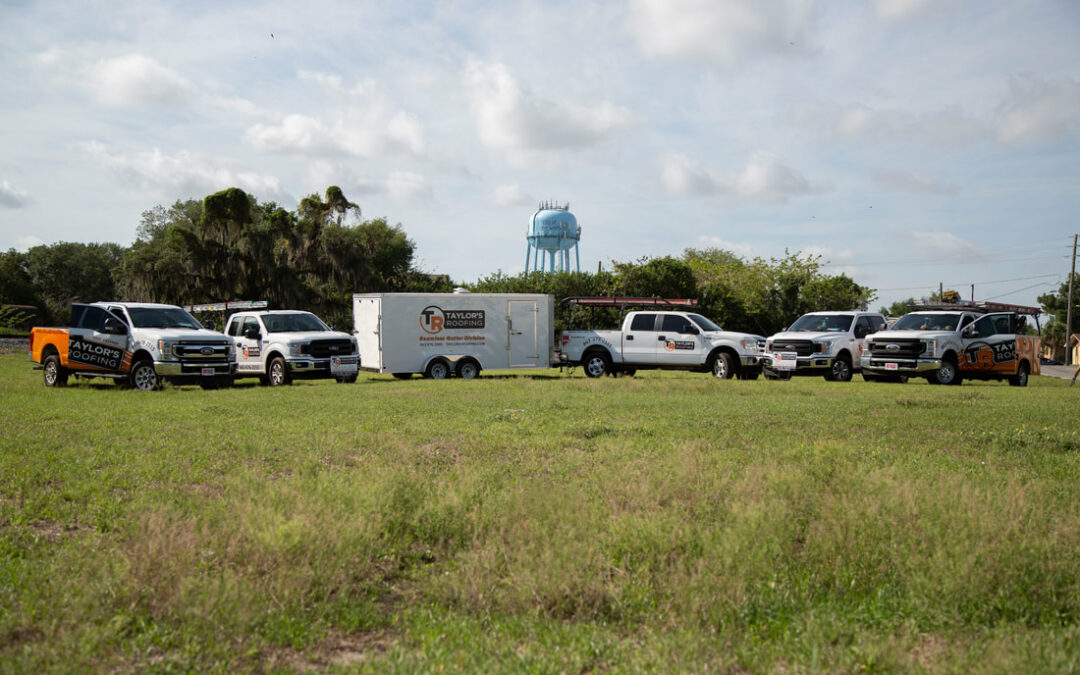Natural disasters like storms can wreak havoc on your home, and one of the most vulnerable areas is your roof. High winds, heavy rain, and flying debris can cause significant damage to your roof, leaving you with a potential nightmare to deal with. As a homeowner, knowing what steps to take after a storm-related roof damage is crucial to ensure the safety of your family and the preservation of your property.
1. Prioritize Safety: Before you even step outside to assess the damage, prioritize safety. Make sure the storm has completely passed and it’s safe to venture outdoors. Check for downed power lines, unstable structures, and hanging branches that could pose a risk.
2. Document the Damage: Once you’re certain it’s safe, document the damage for insurance purposes. Take clear photographs and videos from multiple angles. These visuals will serve as valuable evidence when you file a claim with your insurance company.
3. Prevent Further Damage: If you can do so safely, take immediate steps to prevent further damage. This could include placing tarps over exposed areas to prevent water from seeping into your home. Temporary fixes won’t replace professional repairs, but they can mitigate the extent of damage until a professional arrives.
4. Contact Your Insurance Company: As soon as possible, contact your insurance company to report the damage. Provide them with the documentation you’ve collected. Be prepared to answer questions about the extent of the damage and the events that transpired during the storm.
5. Consult Taylor’s Roofing: After notifying your insurance company, get in touch with us at Taylor’s Roofing in two convenient ways, through our website or over the phone. Avoid climbing onto the roof yourself unless you have the necessary expertise. We will deploy one of our client care specialists to assess the damage, provide a detailed estimate for repairs or replacement, and guide you through the process of filing your insurance claim.
6. File an Insurance Claim: Once you have the roofer’s estimate, start the process of filing an insurance claim. Your insurance company will assign an adjuster to evaluate the damage and determine the coverage you’re eligible for. Provide them with the evidence you’ve gathered, including the roofer’s estimate.
7. Temporary Shelter Arrangements: In some cases, severe roof damage may render your home temporarily uninhabitable. If that’s the case, you might need to make arrangements for temporary shelter for your family and pets. Contact your local authorities or disaster relief organizations for assistance if needed.
8. Roof Repair or Replacement: Based on our roof assessment and the insurance adjuster, you’ll need to decide whether to repair or replace the damaged roof. In some cases, minor damage can be repaired, while extensive damage might require a complete replacement. Work closely with your client care specialist at Taylor’s along with your insurance company to make the best decision for your situation.
9. Keep Documentation: Throughout the entire process, keep detailed records of all communications, estimates, invoices, and any other relevant documents. This documentation will be important for tracking expenses, working with your insurance company, and for potential future reference.
10. Consider Preventive Measures: After your roof has been repaired or replaced, consider investing in preventive measures to fortify your home against future storms. This could include reinforcing the roof, installing impact-resistant materials, and trimming trees to prevent branches from falling onto your home.
Dealing with roof damage after a storm can be stressful, but with the right approach, you can navigate the process smoothly. Prioritize safety, document the damage, involve professionals, communicate with your insurance company, and ensure you make informed decisions about repairs or replacements. Remember, your safety and the safety of your family come first, so take your time and proceed thoughtfully.

